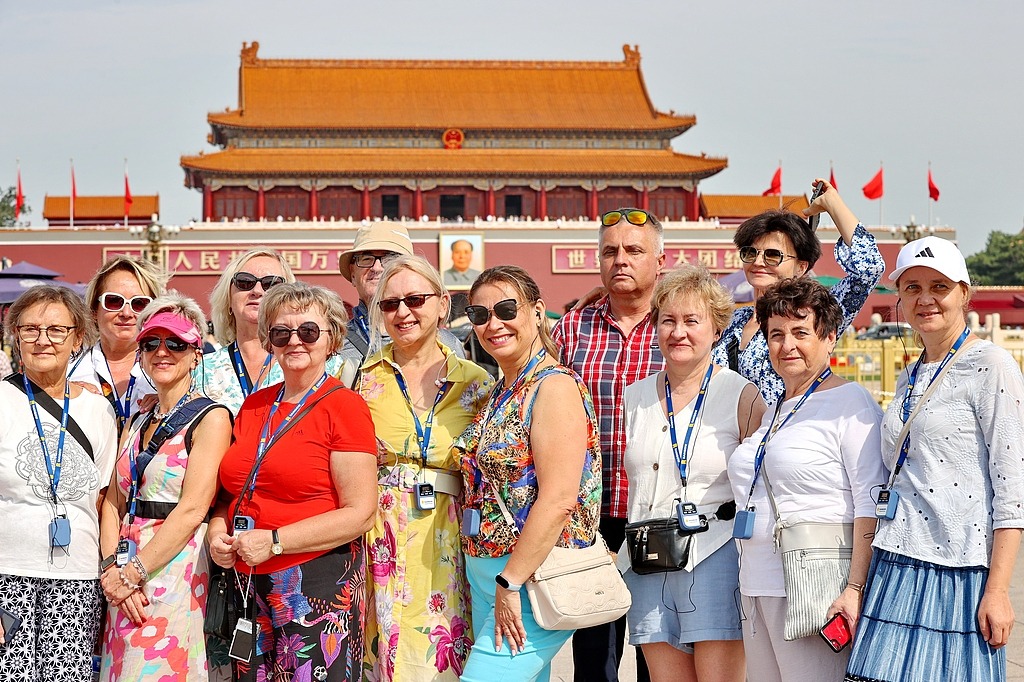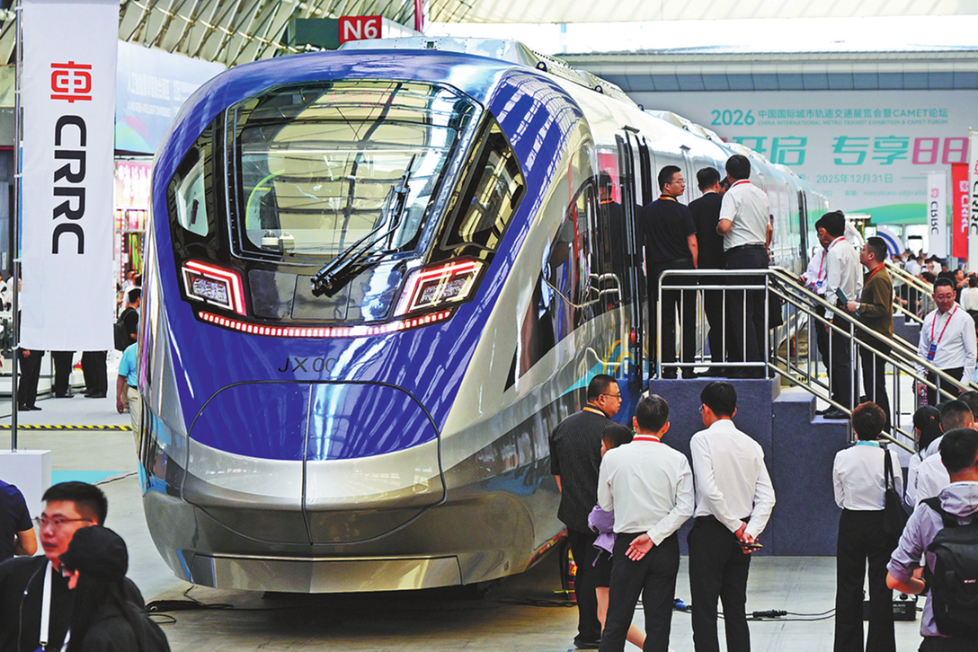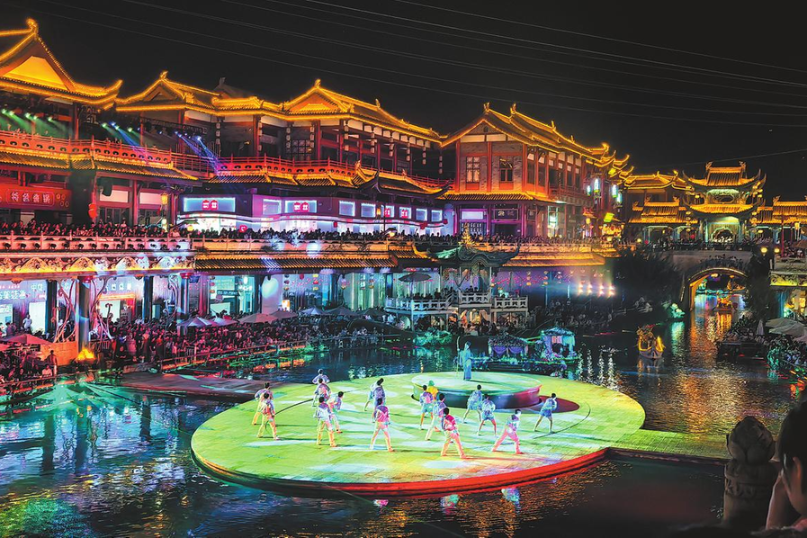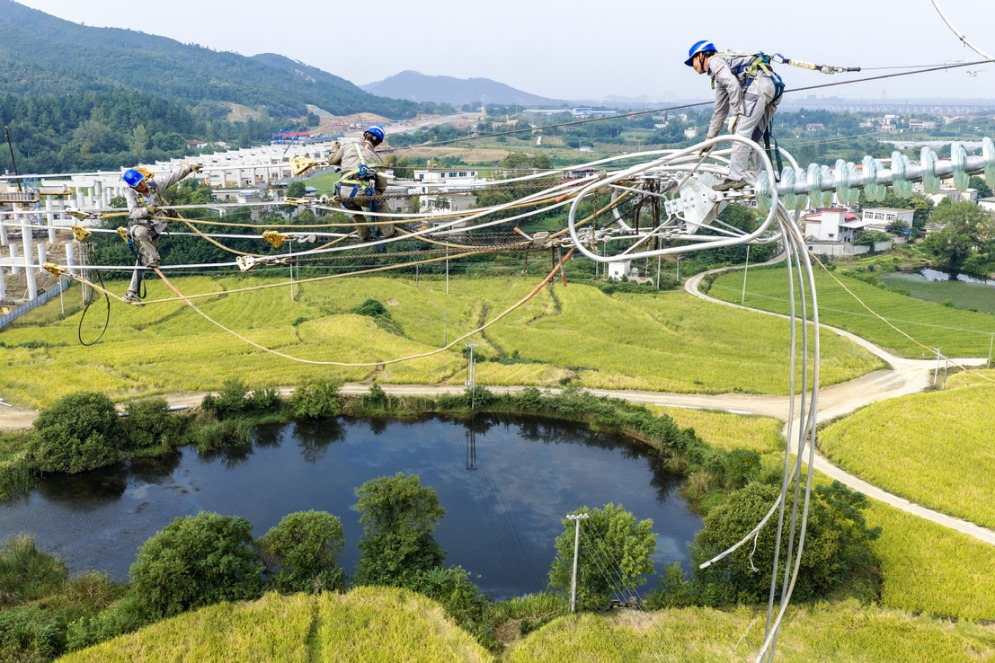BRI will lead to global economic boom


Great civilizations dating back to the Egyptian empire, the Han Dynasty and the Roman Empire have all used trade routes as part of their economy. Perhaps the most famous ancient trade route known today was “The Silk Road”. The recent Belt and Road Initiative mirrors this in many ways. It’s a way to connect the vast continents of Europe, Africa, and Asia in a similar manner as the ancient Silk Road did for the purpose of trade.
Trade between all the countries proposed in the BRI (Belt Road Initiative) is possible today. But the BRI will make trade more efficient through newly built roads, railways, and shipping ports. The proposed infrastructure is through mutual agreement, not through threats of military intervention. If a country does not want to participate, they can simply refuse. It is their decision.
Having been born in the US (in 1954) and having lived there all but the past year, the BRI reminds me of the Interstate Highway System that was instigated by President Eisenhower in the 1950s.
It’s true the Interstate Highway System only connected states that constitute the US and not a multitude of sovereign countries, but it greatly expanded trade between the states. It also provided tens of thousands of jobs during the decades it took to build it and opened up the country for more tourism and exploring by the common man. The tourism and traveling by the common man also created more economic opportunities all along its routes. In addition, and no small economic contribution, the Interstate Highway System created a boom in the automobile and oil industry. Today the hope might be to create a boom in the automobile industry based on renewable energy such as electric instead of petroleum powered private vehicles. That would require recharging stations all along the motor routes which would be yet another economic boom.
Could the BRI eventually become sort of an Interstate Highway System for the continents and countries of Europe, Africa, and Asia? Nobody can predict the future but it seems like a possibility. In the near term the BRI seems to consist primarily of railways and shipping lanes but there appears to be highways being built alongside in many cases. In the expansion of the US railways were often built before highways were built alongside them. Besides, railways can be more efficient ways for people to travel than by motor car. Either way, the BRI would open up more travel and tourism as a result of its primary purpose of trade in the near term.
One of the most impressive parts of the BRI, in my eyes, is that it aspires to be a peaceful expansion between nations of open trade. China is spearheading the project with the assistance of the Asian Infrastructure Investment Bank (AIIB). The AIIB is also an economic endeavor of financial cooperation among most, if not all, the countries involved with the planning of the BRI.
Opening cooperative trade routes could not have come at a better time for China and the rest of Asia, Europe, and Africa. The result will be a massive infrastructure program that will span most of Asia, parts of Europe and parts of Africa to will enable free trade across these three continents.
Robert McCkymond, who has retired as electrical engineer in the US, is now living in China.
The opinions expressed here are those of the writer and do not represent the views of China Daily and China Daily website.


































